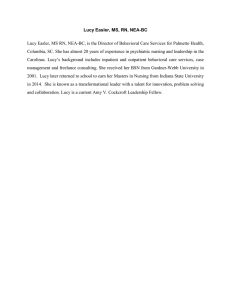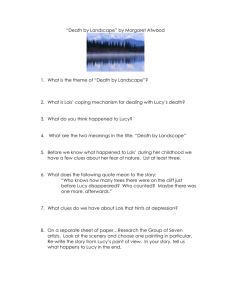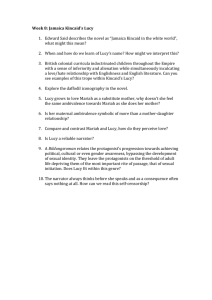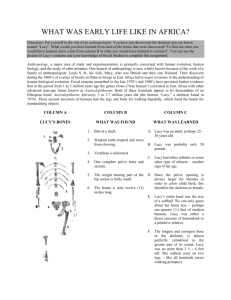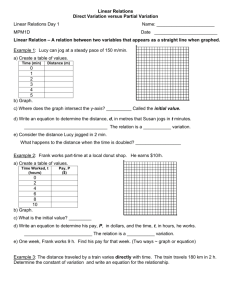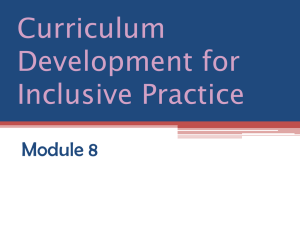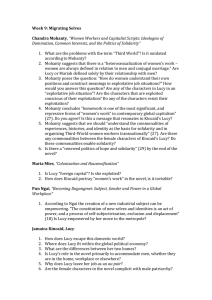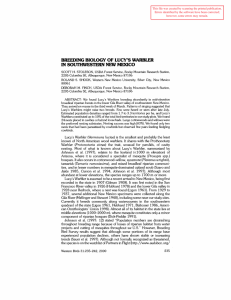Challenge
advertisement
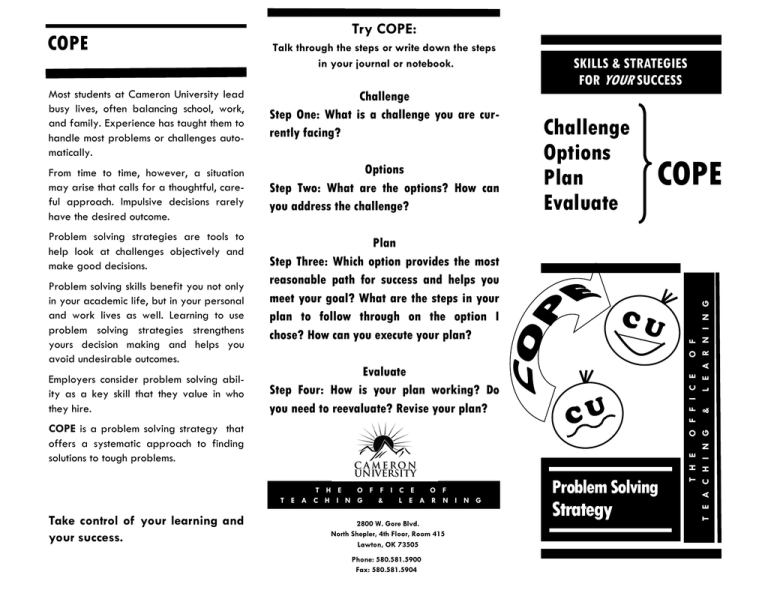
Talk through the steps or write down the steps in your journal or notebook. Most students at Cameron University lead busy lives, often balancing school, work, and family. Experience has taught them to handle most problems or challenges automatically. Challenge Step One: What is a challenge you are currently facing? From time to time, however, a situation may arise that calls for a thoughtful, careful approach. Impulsive decisions rarely have the desired outcome. Options Step Two: What are the options? How can you address the challenge? Problem solving strategies are tools to help look at challenges objectively and make good decisions. Plan Step Three: Which option provides the most reasonable path for success and helps you meet your goal? What are the steps in your plan to follow through on the option I chose? How can you execute your plan? Problem solving skills benefit you not only in your academic life, but in your personal and work lives as well. Learning to use problem solving strategies strengthens yours decision making and helps you avoid undesirable outcomes. Employers consider problem solving ability as a key skill that they value in who they hire. Evaluate Step Four: How is your plan working? Do you need to reevaluate? Revise your plan? COPE is a problem solving strategy that offers a systematic approach to finding solutions to tough problems. T H E O F F I C E O F T E A C H I N G & L E A R N I N G Take control of your learning and your success. 2800 W. Gore Blvd. North Shepler, 4th Floor, Room 415 Lawton, OK 73505 Phone: 580.581.5900 Fax: 580.581.5904 SKILLS & STRATEGIES FOR YOUR SUCCESS Challenge Options Plan Evaluate COPE CU CU Problem Solving Strategy T H E O F F I C E O F T E A C H I N G & L E A R N I N G COPE Try COPE: COPE: Step by Step Step One: Identify the Challenge 1. Describe the problem as objectively as possible. 2. Determine the causes or triggers for challenge. 3. What do I want my outcome to be? Step Two: Explore the Options Example of COPE in Action: Scenario: Although Lucy has always struggled with math, she was passing Intermediate Algebra until she contracted strep throat. She was sick for a week and could barely take her head off the pillow. It’s now Sunday and although she feels better, she dreads going back to class on Monday. She knows she’ll be behind and she’s considering giving up and starting again the next semester. She’s halfway finished with the semester, but she still has such a long way to go. It seems hopeless. Step One: Identify the Challenge Due to illness, Lucy is over a week behind in her Intermediate Algebra class. She feels lost and all her old anxieties about math are bubbling to the surface. She wants to get through the class and move ahead to College Algebra next semester. 1. Determine options for addressing challenge. A. Brainstorm a list of possible solutions to your challenge. B. Enlist the help of a trustworthy friend. C. Research possible options. D. Visualize possible outcomes of each option. Step Two: Explore the Options Step Three: Make a Plan Step Three: Make a Plan 1. Out of the options that I explored, what is the best solution for my challenge? A. Create a plan of attack. B. Set a time period for plan. C. Follow through. Step Four: Evaluate Progress 1. How is my plan working? 2. Have I followed through on my plan? 3. Do I need to explore other options? 1. Lucy could drop the class and take it again the next semester. She will feel immediate relief although she knows she will have lost all the work completed so far as well as the tuition. 2. Lucy could immediately email her instructor, explain the situation, and ask to see him during office hours. 3. Lucy could just go back to class and see what happens. 4. Lucy could call a friend in the class and ask for the assignments. 1. Although she’s nervous, Lucy decides to email her instructor and set up an appointment. She will: A. go to class and then meet with her instructor. B. make an appointment to go to the Math Lab for tutoring. C. write a plan for studying and completing her missed assignments. 2. After two weeks, Lucy will see how her plan is working. Step Four: Evaluate Progress 1. Although she’s still struggling, Lucy is following through on her plan. 2. Lucy will continue to monitor her progress and make adjustments as necessary.

